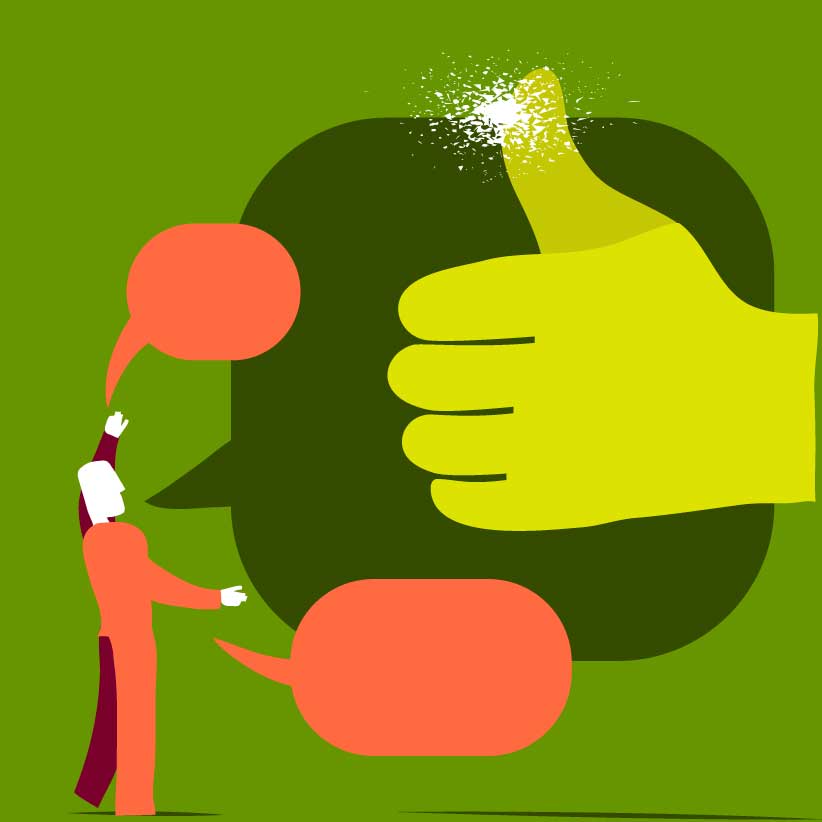Graphic Design New Fields
Macro-trends and behavior patterns allow to visualize new fields of action for graphic design in the future.
Espacio de Opinión
- Votes:
- 8
- ES
In this century the design as a discipline and activity it can no longer be understood without the social, economic, political, cultural and technological contexts that gave rise. The design is now an element that realizes the economy, culture and social wellbeing; has transcended the formal dimension and expressive skills, understood more as a complex phenomenon determined by the cultural beliefs of the people and the flow of ideas that modern media is interested in activating. Have been incorporated as new frameworks, the phenomena of marketing, economics and social engineering.1 Actually, the task of graphic design has been developing according to the cultural, social and in its great majority, economic necessities. Today it has transformed into an informal indicator of the level of the economy, the cultural regeneration, the social well-being and also in some countries, it is considered as an important factor of the gross domestic product.2
Macro-trends
It is important to note the fundamental role of macro-trends for displaying the fields that will affect the graphic design in the future, fields for research and development of products and services. The macro-trends are located roughly in: environmental change, sustainability, globalization, localism, urbanization, changes in energy, individualism, customization, digitization, volatility and anxiety. These analyzes show an approximate progress of societies based on axes that allow outline a possible context.
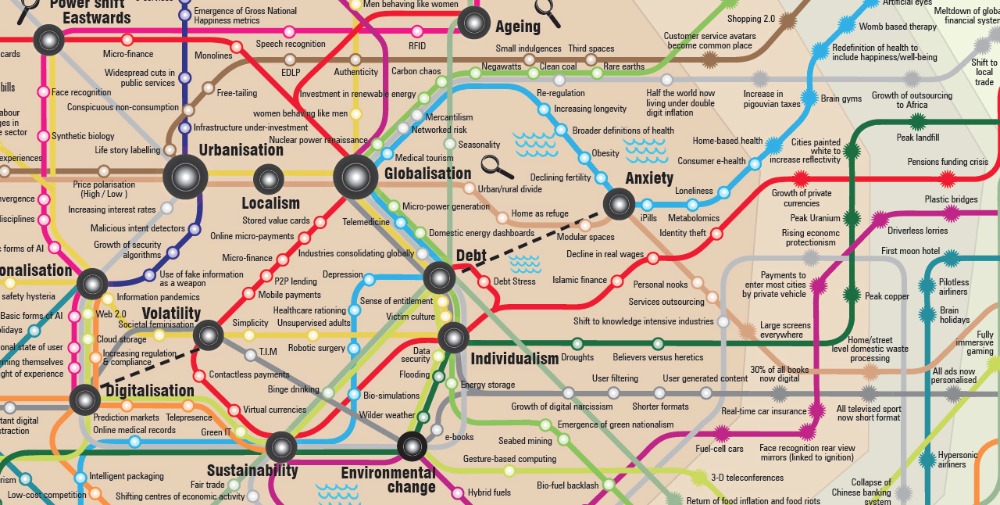
According to the map of trends and technology 2010-2050 Richard Watson,3 some of the innovations that touch the graphic design in the first half of this century include the following:
-
Society and Culture: Simplicity, death of distance, longer life expectancy, sensorial experiences, the image dominates, search of authenticity, nostalgia for the past, culture of immediacy, omnipresence.
-
Science and Technology: Internet sensory, face recognition, robotics, emotional state detection machines, artificial brains and invisibility.
-
Information technology and telecommunications: immersive mobile games, smelling tv, 3D teleconferencing, newspapers in walls, windows of virtual reality, information technologies and affective green computers.
-
Media: Personalized information, user-generated content, content filtered by type of users, digital narcissism and increased electronic books.
-
Work and business: More creative industries, increased automation, tele-presence, brain scanning and many more virtual companies.
Speaking of trends, in a general way, is to talk about a pattern of behavior of elements within a specific context, over a period of time. In this case, the trend represents the direction that follows a certain factor; In graphic design, the main factors to consider are: society, technology, market and media.
Society and Culture.
Along the course of history, different changes according to the representation of thought and the form of understanding the exterior world has with relation to the interior, has favored the coming into being of diverse paradigms, to cite an example, the mass of the printing system, that brought with itself the access of knowledge, and also, the crisis and the emergence of new paradigms. An actual fact that has been studied from various disciplines such as anthropology, philosophy, communication, and that is changing the forms of social interaction is the Internet as a phenomenon.
As a trend we can see that the ability to communicate through various electronic devices is an activity that will increase and will diversify, which will lead to a hyper-connected society in which distances vanish and the immediacy and multiple presence are concepts which will define the ways of seeing and doing the design.
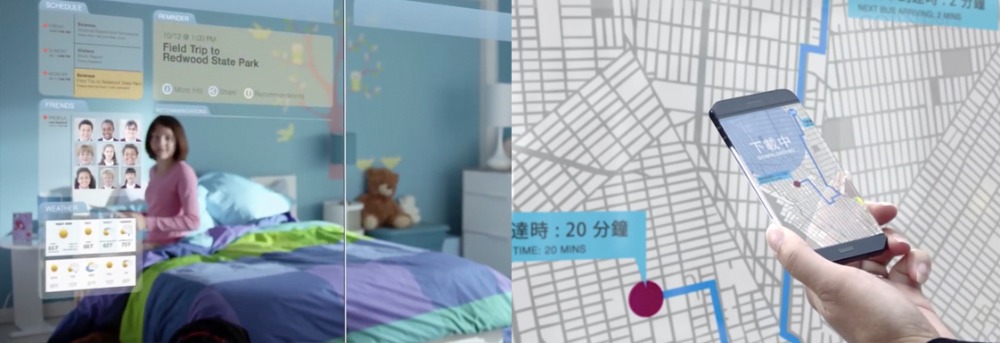
Technology.
One of the most recent and important changes that have modified the form of conceiving design, is the inclusion of the computer. In the beginning, not all the professionals were convinced on this question, there was uncertainty and hope, as it often occurs confronted with new technology, but soon their advantages were made evident, considering the processes to make the design, were more efficient and simplified, time was saved and distances were shortened. In the same form, thanks to the new technologies, and the media mass, the public has been overwhelmed with image, that has marked great changes in the manner of making design (its processes and tools), but above all everything in the form of communication ( its discourses).
Nowadays, this tool indisputably forms part of the everyday life of millions of people, it is considered necessary for the subsistence of the human life. Today the most part of our activities depend on computers, including the economic and political system of the majority of the countries.
Against this background, the trends suggest that society increasingly dependent on technology in their daily activities. Under the current paradigm, McLuhan pointed out that in a highly technical paradigm, the technology would not look like an extension of man, but as part of man,5 i.e. man-technology symbiotically. In this way, Rodney Brooks says men will be using instruments, mechanisms or interconnected devices, which will be implanted in your body, in order to improve their skills and extend their life, leading the man to a post-humanity.6
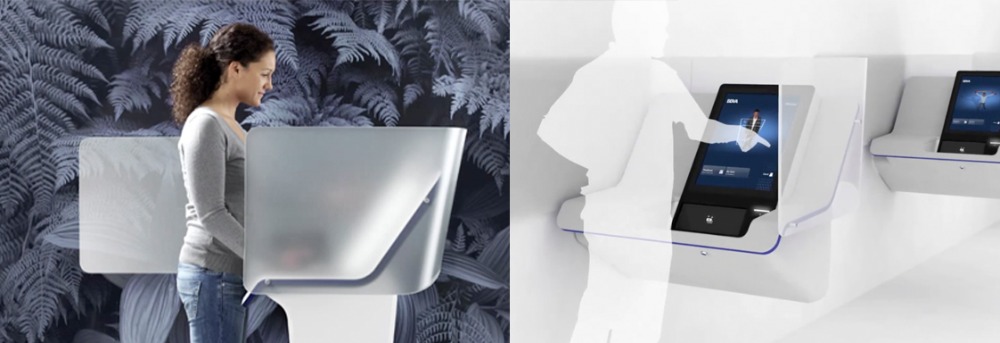
Market and media.
The intensification of the media, which has proliferated so excessive in recent years, and articulates the current culture conditions. Denis de Moraes mentions that the recent media scene, techno interactions have a strong influence on the patterns of sociability and perceptions of people.7 The development of infinite content in the media, and the personification of these becomes clear to downtime, thereby, speed, accessibility and simplicity, are emerging as trends in product development and style life.
On the other hand, flexible production systems develop segmented products, which arise primarily from consumption profiles specific customers. For these companies, consumers are displayed according to their behavior and lifestyle, and are classified under the categories of analysis that blur geographical limits and which ensure its overall success.
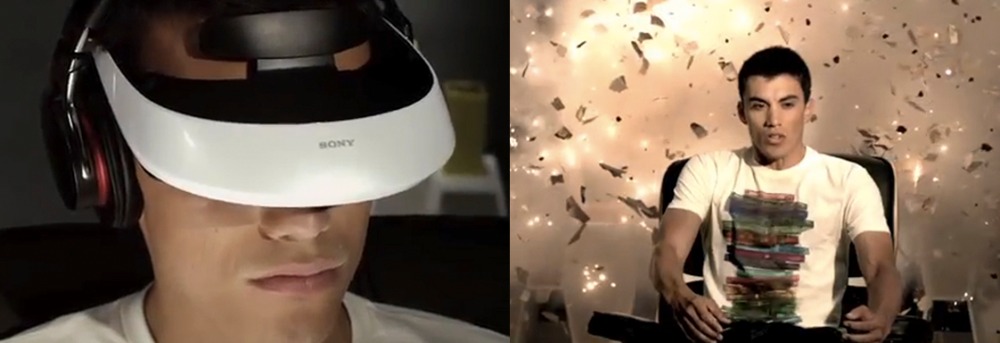
It is important for graphic design sketch a future scene for the profession, based on various indicators that make a stage for new times, in which society and culture advance taking into account the power exercised by the symbol on them, altering their own reality, and by this virtuality, but mostly fuzzy edges present between them. To understand the role of macro-trends and tendencies within the graphic design should pay attention to what is happening today in our environment to read and make future scenarios. This requires being informed, analyze and observe the new products and services, see whatʼs coming, what it is about to disappear; rationalize events and connect with other seemingly unrelated, keep abreast of technological advances as these set the standard to follow, and let you view new fields and new possibilities for design generation.
Formación Especializada
Complementa tu visión con formación estructurada. Nuestros cursos aportan las herramientas técnicas y estratégicas que el mercado actual exige.
Ver Oferta AcadémicaComparte
Por favor, valora el trabajo editorial utilizando estos enlaces en lugar de reproducir este contenido en otro sitio.
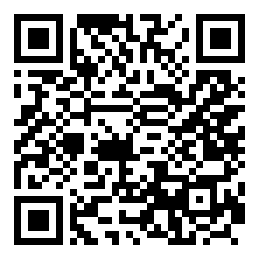
- Tapia, A. (2004). Teoría y práctica: El diseño gráfico en el espacio social. México, D.F.: Designio. p.23
- Julier, G. (2010). La Cultura del Diseño. Barcelona. Gustavo Gili. p.17
- Watson, R. (2004). Trends & Technology Timeline 2010+.
- McLuhan, M. (2009). Comprender los medios de comunicación: Las Extensiones del ser humano. Barcelona: Paidós. p. 108
- See video on Youtube.
- Brooks, R. (2002). Flesh and Machines: How Robots Will Change Us. New York: Pantheon Books.
- Augé, M., Castells, M., Martín-Barbero, J., Mattelarte, A., De Morales, D., Orozco, G., Vizer, E. (2007). Sociedad mediatizada. Barcelona: Gedisa. p. 24


